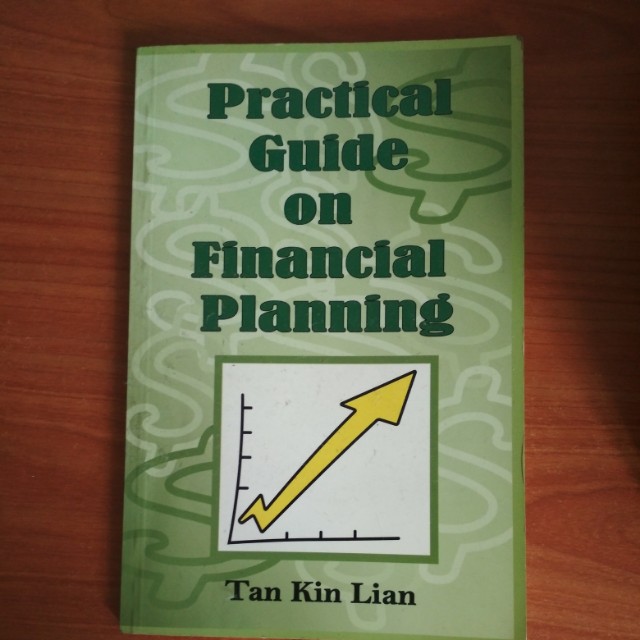
This post will only cover the key point throughout the book if you would like to read in-depth do borrow or buy the book:)
A brief synopsis
- Contain practical point on financial planning for young people and retirees
- The need for saving, investment, and insurance
- Start financial planning early
- A student should avoid making commitments to a life policy unless they can afford it
- A life policy is a bad form of saving for any person with irregular income, as they may not able to make a continuous commitment and would opt to cancel the life policy, which generally comes with a penalty
2.Allocate your earning
- Income allocation for most people(For current expenses:50%,For housing:25%,Save for the future:25%)
- Income allocation for people with lower income or 3 or more dependent(For current expenses:60%,For housing:20%,Save for the future:20%)
- It is important for young people to prioritize clearing their debt first e.g study loan, wedding loans, renovation loans, car loans
- People should generally save about 6 to 12 month of their personal salary, which is to be used for emergency
3.Meet current expenses
- Current expenses include the following(Food,transport,utilities,telephone,entertainment,household appliances,interest on borrowings)
4.Cost of borrowings
- Debt occur due to the following reasons(house, car, furniture, unemployment, unexpected illness)
- Avoid credit cards due to the hefty interest
5. Buy a home
- Do not over commit
- Do consider transacting with the seller directly when purchasing a property
6. Save for future needs
- Saving are mainly used for retirement, unemployment, insurance, medical expense, education
- Simply, Save as much as you can
7.Invest your savings
- Invest your savings for the long term and aim to achieve a yield that is 4% per annum, 2% higher than inflation
- To achieve this yield, you have to invest in equities, you can read all about my post on the boglehead portfolio here or my investment project updates here
- If you trade,prepare for a high transaction cost
- Avoid structure investment products, such as capital guaranteed products, capital protected products, credit linked notes,equity-linked notes, dual currency investments, life insurance saving policies(especially this!!) and land banking products
- Most of these products are design by the financial institution and the commision that is taken by your savings are used to pay for creating, marketing and administering the product and the profit margin
- Equity generally has an annual return of 5 to 8% and has high volatility
- Property fund has an annual return of 5 to 8% and has high volatility
- Bond fund has an annual return of 2 to 3% and has low to medium volatility
- Fixed deposit has an annual return of 1 to 2% and has low volatility
8. Use of savings before retirement
- Savings are to be used for purposes such as education, unemployment, disability, unexpected expenses or insurance
9.Use of saving after retirement
- Can consider investing into CPF Life Annuity, it has an imputed interest rate of 3.75% to 4.25%,
- Some advantages of CPF Life...
- Provides the security of a lifetime income
- The Government gives a bonus of $4,000 for people who join the scheme
- Its interest rate of 3.75% to 4.25%, is higher than other low-risk bonds
10.Insuring your risk
- Consider getting insurance for premature death, medical expenses, disability, and personal accident...All other types of insurance, just avoid it!
Will continue part 2 here!
Wow, it looks to be a great book. I am surely going to buy this book now. Thanks a lot for sharing info on this.
ReplyDeleteEasy to understand your blog because of step by step presentation. Thanks for sharing. Financial advisory company
ReplyDelete